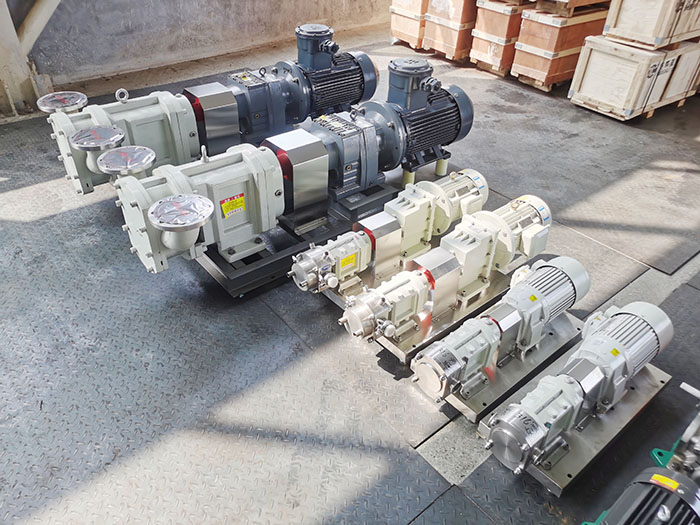Stainless steel rotor pumps are widely used in various industries due to their reliability and efficiency. However, excessive current in these pumps can lead to several issues, including reduced performance, increased energy consumption, and premature wear and tear. In this article, we will discuss the main reasons behind excessive current in stainless steel rotor pumps and explore possible solutions to mitigate this problem.
1. Mechanical Issues:
One of the primary reasons for excessive current in stainless steel rotor pumps is mechanical issues. These can include misalignment of the rotor and stator, damaged or worn-out bearings, or impeller damage. When these mechanical components are not functioning correctly, the pump experiences increased friction, resulting in higher current draw. Regular maintenance, including alignment checks and bearing replacements, can help prevent excessive current caused by mechanical issues.
2. Cavitation:
Cavitation occurs when the pressure in the pump drops below the vapor pressure of the liquid being pumped, causing the formation and collapse of vapor bubbles. This phenomenon can lead to excessive current in stainless steel rotor pumps. It is often caused by a high differential pressure across the pump, a blockage in the suction line, or an incorrect pump speed. To avoid cavitation, it is important to ensure proper pump sizing, maintain adequate suction pressure, and operate the pump at the recommended speed.
3. Viscosity:
The viscosity of the pumped fluid can also contribute to excessive current in stainless steel rotor pumps. When pumping highly viscous fluids, such as heavy oils or slurries, the pump may encounter increased resistance, requiring more power and resulting in higher current draw. To address this issue, selecting pumps specifically designed for handling high-viscosity fluids or adjusting the pump speed and impeller size can be effective solutions.
4. Electrical Issues:
Electrical problems can also cause excessive current in stainless steel rotor pumps. These issues can include incorrect voltage supply, inadequate or faulty wiring, or a malfunctioning motor. It is essential to ensure that the pump is receiving the correct voltage and that the electrical connections are secure and properly sized. Regular electrical inspections and maintenance can help identify and rectify any potential electrical issues.
5. Process Conditions:
The operating conditions of the pumping system can significantly affect the current draw of stainless steel rotor pumps. Factors such as operating at high temperatures, excessive system pressure, or running the pump beyond its maximum flow rate can lead to increased current. Optimal process design, including proper temperature and pressure control, as well as avoiding overloading the pump, can help minimize excessive current.
Conclusion:
Excessive current in stainless steel rotor pumps can negatively impact their performance, energy consumption, and overall lifespan. By addressing mechanical issues, preventing cavitation, considering fluid viscosity, ensuring electrical integrity, and optimizing process conditions, operators can effectively reduce excessive current and maintain the pump's efficiency and reliability. Regular maintenance, monitoring, and adherence to manufacturer guidelines are critical in preventing and resolving excessive current issues in stainless steel rotor pumps, ultimately maximizing their operational lifespan and minimizing downtime.
